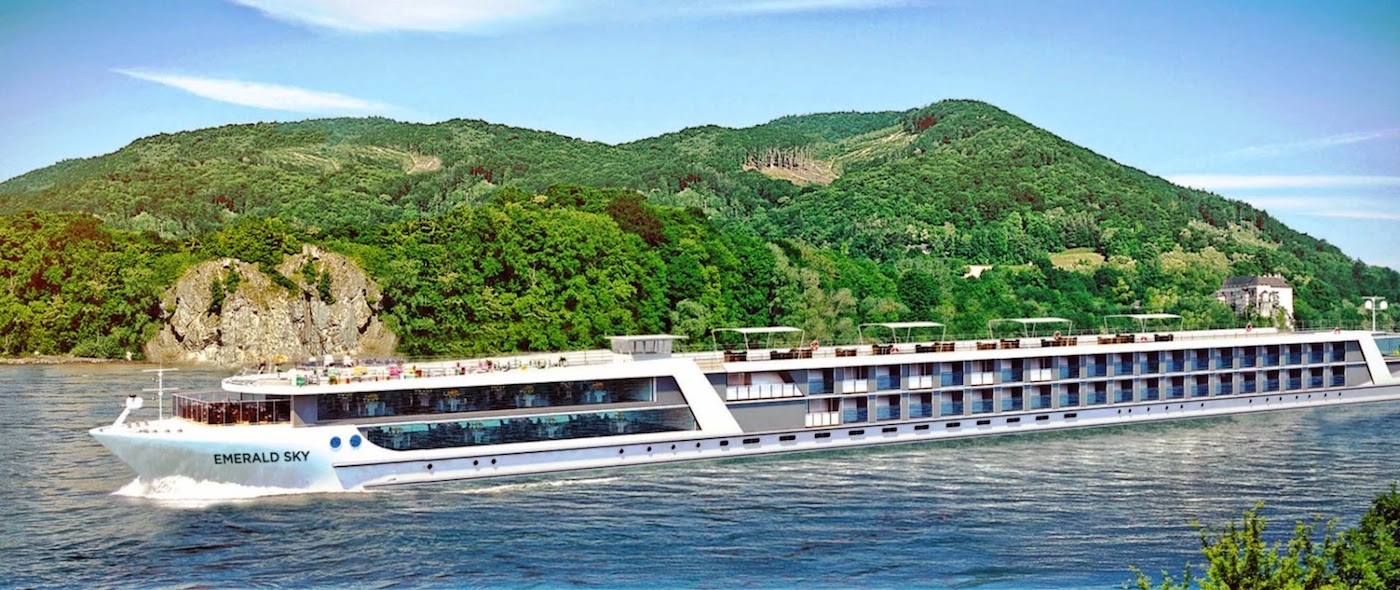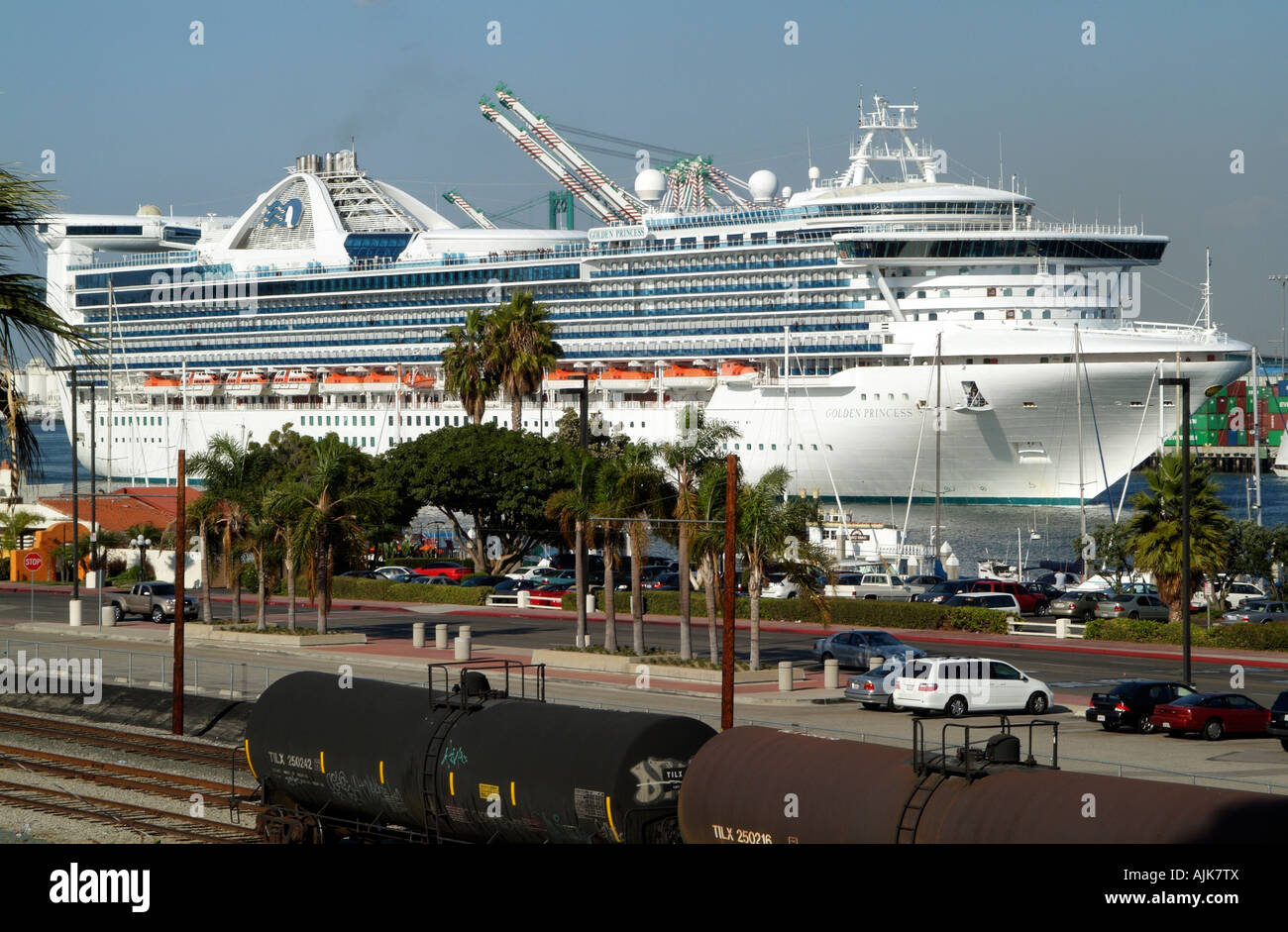
There are many kinds of cruises. These include river cruises and expedition cruise liners. Let's take an in-depth look at the differences between different types of cruises. These types of cruises are distinguished by the type of destination that they visit.
Lines of speciality cruises
A speciality cruise is a type of cruise that focuses on a specific topic and can be a great choice for anyone who wants an extraordinary experience. These cruises offer smaller ships and more intimate accommodations as well as a wider range of itineraries. Plus, they have experts who will educate you about topics you may not otherwise know about.
A lot of specialty cruises feature well-known chefs who regularly train their staff and create unique menus for their ships. Royal Caribbean's Jamie's Italian restaurant serves a prix-fixe meal featuring Jamie Oliver's world-renowned cuisine. It includes White Oak Pastures beef slender rib and San Daniel prosciutto. Another highlight of the Jamie's Italian menu is coppa piccante, made by a Chicago-based salumeria.

Many specialty cruises take passengers to exotic places that are not available to the general public. Due to this reason, cruises on specialty lines can cost significantly more than those on mainstream cruise lines. Some ships also offer back to back cruises between various ports. For example, you could cruise from Istanbul, Rome, or Barcelona. Prices for back to back cruises vary. Prices for back-toback cruises vary from one company to the next. Others charge an additional fee, while others only sell them as one trip.
Expedition cruise liners
There are a few different types of expedition cruise liners. There are several types of expedition cruise lines. Some focus on Antarctica and other remote polar regions. Other liners explore the oceans around the globe. All of these vessels follow strict environmental regulations, and aim to preserve these beautiful regions. This new generation of vessels is currently in development. It promises to be cleaner than ever. It will incorporate numerous technological innovations, cool design features, and even an underwater viewing lounge.
While other cruise lines may offer more spacious interiors and amenities than expedition liners, they are specifically designed for active travellers. With fewer than 200 passengers, they are typically smaller. They are able to adapt to changing weather conditions and wildlife opportunities and have more time for excursions. There's also no rigid itinerary, so it's possible to change the ship's itinerary if the wildlife is more active or visible.
River cruises
River cruises can offer many benefits. Compared to ocean cruises, river cruises offer more flexibility and smaller groups. The guests have more time to explore their cities and towns. A smaller group means that guests are more likely connect with one other. A river cruise is a great way to see many different destinations at one time.

All-inclusive cruises are common on river cruises. These packages might include pre-cruise lodging, group tours and pre-paid gratuities. Meals are either served onboard, or at one the many restaurants along the banks of the river. Fresh, local ingredients are used to prepare meals. While onboard, guests enjoy local entertainment and informative walking tours.
Most river cruises include stops in major cities. Paris and Budapest make great stops. Many river cruises include guided tours to allow passengers to experience the culture, art, or history of the region they are visiting. Some river cruises also offer free time for passengers to explore on their own. River cruises are not only open to tourists, but also allow for optional shore excursions. There are many things to do on your river cruise, whether you're looking to shop or dine.
FAQ
Which place should I take on my cruise vacation?
If you are interested in visiting different ports of call, you should consider where you want to visit. This information can also be used as a way to narrow down your search. For example, if history is your passion, you may choose to cruise to destinations such as Alaska, Bermuda or Canada. You might prefer a cruise that includes beaches and water sports such as Jamaican, Aruba, Costa Rica or Panama, Tahiti or Costa Rica.
What type of cabin should you get?
You should consider how big you need the cabin to be when you're deciding on it. Are you okay sharing a bath with another person? Or would you prefer to use your own bathroom? Do you value noise? You will spend the majority of your time in your dining area, or relaxing in your private stateroom. Also, think about whether you want a balcony or an interior view. Balconies offer more space but can sometimes be noisy. Interior views are generally quieter that balconies.
How much do I tip my Cruise Director
It varies from one cruise line to the next. Some cruise directors receive tips while others don't. You can ask the Cruise Director on board to find out whether they require tips. They will often tell you if tips are expected.
Do I need to dress up for a cruise?
No, you don’t need to be dressed up in anything elaborate. Just be comfortable and ready to relax.
What 4 things determine the cost of a cruise?
The main factors that affect the cost of a cruise are how long you'd like to stay on board, whether an all-inclusive package is preferred, how many people will be traveling with you, and which type of cabin you book.
Why shouldn't I book my cruise in advance?
Not always necessary to book your cruise early. Waiting until the last minute may save you money. You should book in advance if you don't want to wait. This allows you take advantage special offers and promotions offered cruise lines.
Statistics
- You can save 15% off the total price if you book in advance of your trip. (travel.usnews.com)
- You'll need to budget around $80 per person per day for this option – and an additional 18% gratuity. (travel.usnews.com)
- If you're traveling alone, you may also need to factor in a single supplement, adding up to as much as 100% of the cruise fare. (travel.usnews.com)
- *20% Gratuities Apply on Free Unlimited Open Bar; Free Specialty Dining. (ncl.com)
External Links
How To
How to go on a cruise by yourself
While cruises are ideal for couples, they can also be great for singles who are looking to enjoy their vacation without any hassle.
These allow you to travel in a new part of the world, while still having all the comforts of your home.
You'll have plenty of time to yourself, and you won't feel bored because there are always interesting activities around you.
You will find many amenities on cruise ships like bars, restaurants, swimming pool, gyms, spas, casinos, and more.
Relaxing by reading books and watching movies is a great way to unwind if you don’t want to do anything.
Other special events include concerts and shows, which are almost always free.
Delicious food is available at many restaurants, including buffets and fine dining.
You can eat whatever you want whenever and wherever you wish.
You can sit at the table next to someone else or eat in your cabin.
Most cruises allow pets to travel with them to enjoy meals.
Some cruise liners have pools onboard.
You can enjoy your day in the sun, or in the pool.
Many cruise ships have steam rooms and saunas. These are great places to relax after a day spent exploring the ports.
You can refresh yourself in your room before you go back to the main area.
A cruise liner can be treated like a floating hotel.
A cruise is a great way to try something new.
It's also a good idea to take some extra clothes with you when you board. This way, you will avoid having to rush to get changed once you arrive at your destination.